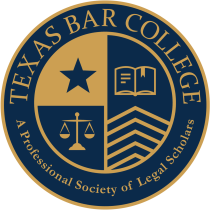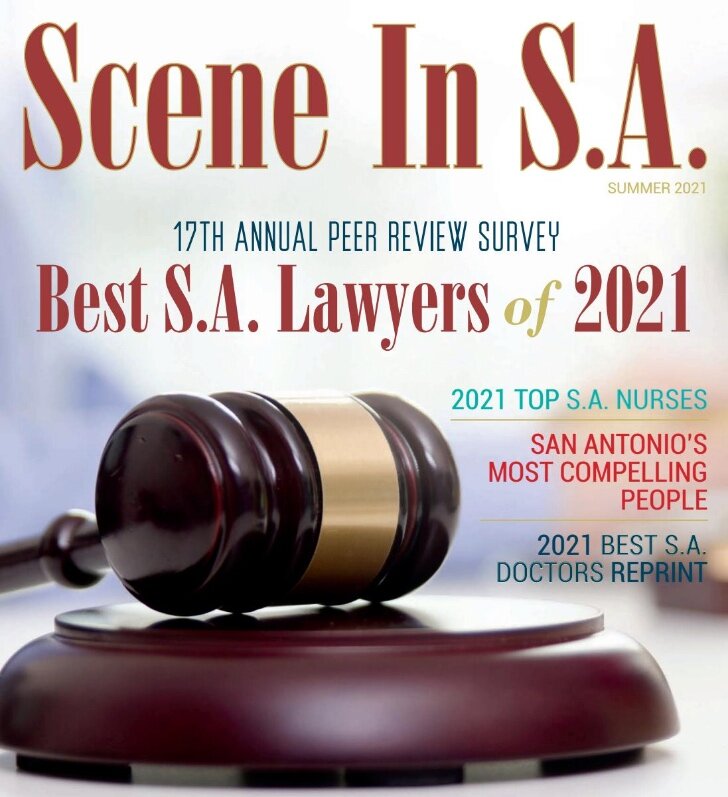Person of the Year 2017: #MeToo
/Time Person of the Year 2017: The Silence Breakers
Discussions of sexual harassment in polite company tend to rely on euphemisms: harassment becomes "inappropriate behavior," assault becomes "misconduct," rape becomes "abuse." We're accustomed to hearing those softened words, which downplay the pain of the experience.
It wasn't so long ago that the boss chasing his secretary around the desk was a comic trope, a staple from vaudeville to prime-time sitcoms. There wasn't even a name for sexual harassment until just over 40 years ago; the term was coined in 1975 by a group of women at Cornell University after an employee there, Carmita Wood, filed for unemployment benefits after she had resigned because a supervisor touched her. The university denied her claim, arguing that she left the job for "personal reasons."
In 1980 the Equal Employment Opportunity Commission (EEOC), the federal agency tasked with enforcing civil rights laws in the workplace, issued guidelines declaring sexual harassment a violation of Title VII of the Civil Rights Act. It was a victory, but with caveats: even after sexual harassment became explicitly illegal, it remained difficult to lodge a complaint that stuck—in part because acts of harassment are often difficult to define. What separates an illegal act of sexual harassment from a merely annoying interaction between a boss and his subordinate? When does a boss stop just being a jerk and become a criminal? Because the Civil Rights Act offered no solid legal definition, interpretation has evolved slowly, shaped by judges and the EEOC over the past 37 years.
And then...2017 and #MeToo happened. Read Time Magazine's Cover Article Here









